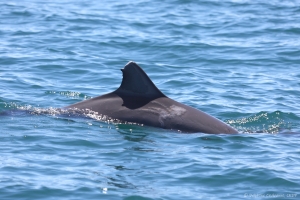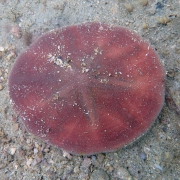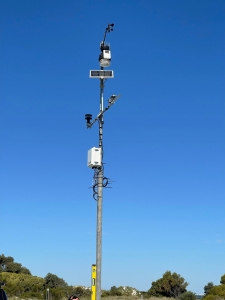Fishing line and plastic endangering young dolphins
A leading Perth dolphin researcher is urging fishers to be extra vigilant with the proper disposal of fishing lines and hooks after seeing several of the marine mammals in Cockburn Sound caught up in discarded line.
Dr Delphine Chabanne, from Murdoch University’s Harry Butler Institute, said she had seen two young bottlenose dolphins within about eight months that had line wrapped tightly around their bodies. Others had been seen caught in line in previous years.
“We want people to understand the harm fishing line and other pollutants cause to marine animals, including dolphins,” Dr Chabanne said.
“Many of the animals recorded with fishing gear entanglement are calves or juveniles and as they grow the lines dig into their skin.“
Dr Chabanne, who is also researching dolphin behaviour as part of the Western Australian Marine Science Institution Westport Marine Science Program, said she feared what researchers saw from boats was the tip of the iceberg.
“More individuals may have injuries from fishing line gear that’s not always visible to us. As an example, we don’t always get to see the pectorals and tail fin, or fluke, of individuals which makes it difficult to evaluate the full extent of fishing gear impact on dolphins.”
Dr Chabanne said the risk of fishing lines to the animal varied but it could result in death.
“There are some dolphins that manage to get rid of the line by themselves with minimal harm to their bodies but for others, the injuries are too serious and they die, which can be a slow process.”
Some dolphins had been euthanised when their injuries were considered too serious.
Dr Chabanne said line wasn’t the only danger to the animals.
“I have seen a dolphin with a plastic bag around its dorsal fin. If this was to become stuck around its blowhole it would suffocate,” Dr Chabanne said. “Plastic too is a problem when it breaks up into microplastics which are ingested by fish, the main diet of dolphins.”



